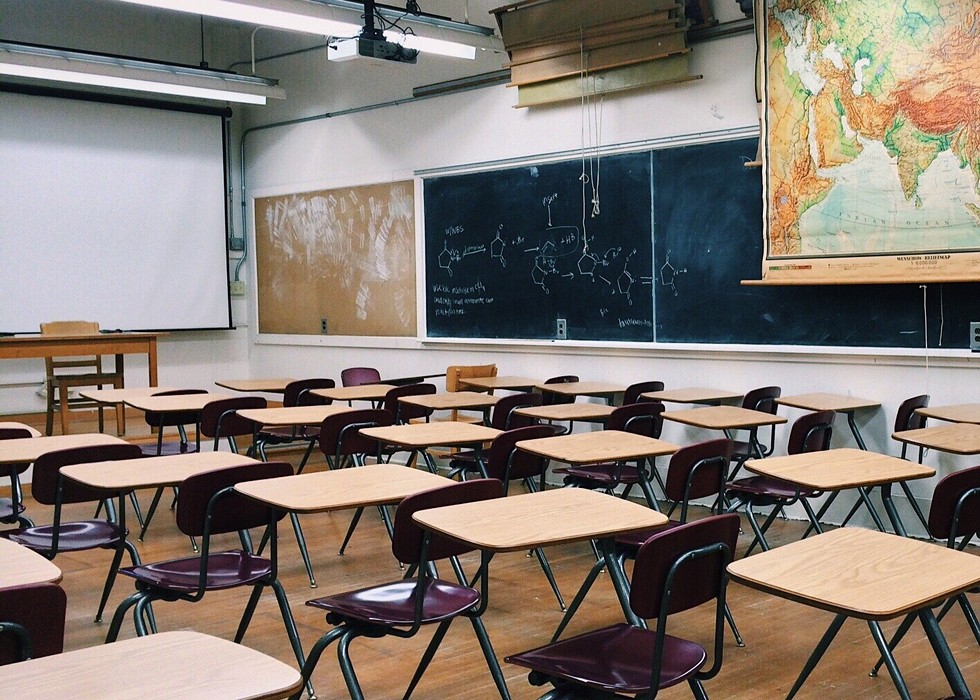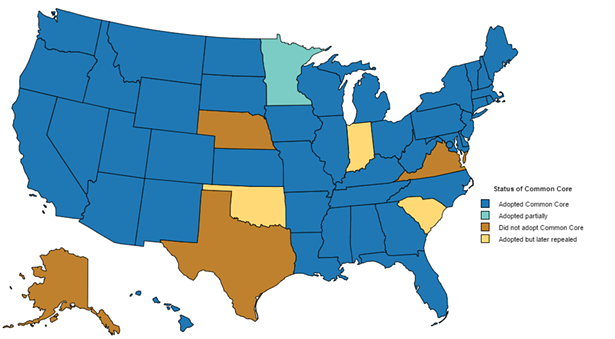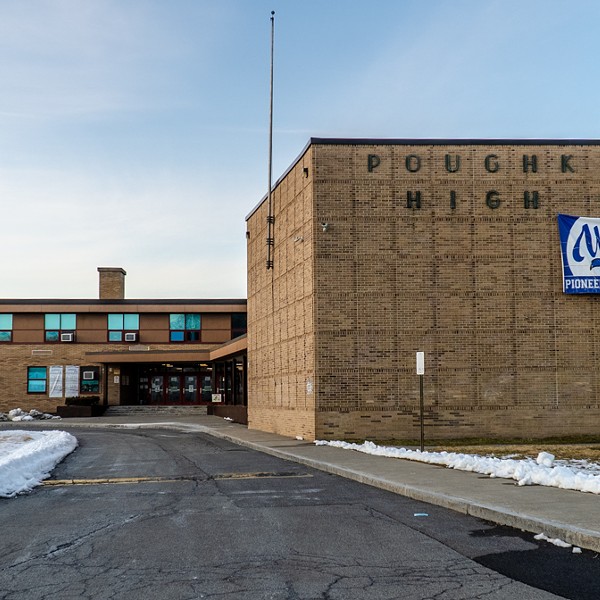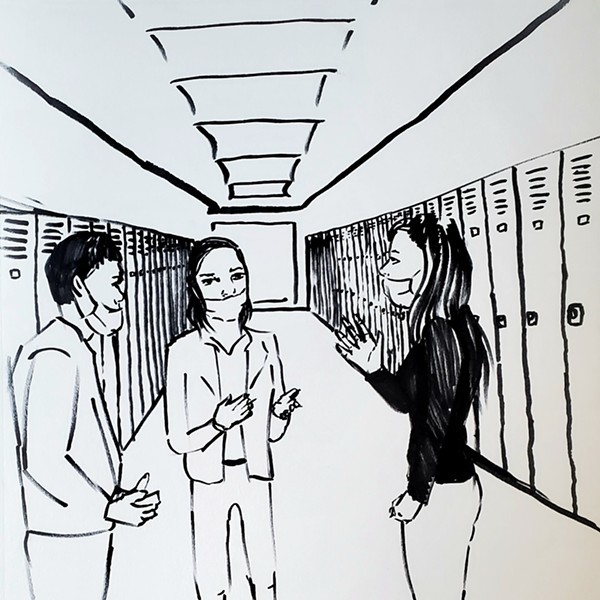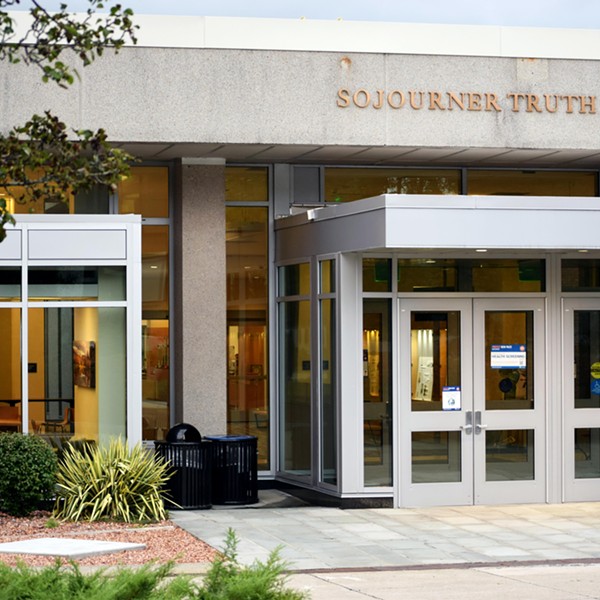When the Common Core State Standards Initiative was rolled out with bipartisan support in 2010, more than 40 states signed on. The plan was one of the most ambitious education reform efforts in American history; it detailed not only what schoolchildren in grades K-12 would learn in English language arts and math, but how they would learn. “We are being outpaced by other nations,” President Barack Obama said in a 2009 speech. “It’s not that their kids are any smarter than ours—it’s that they are being smarter about how to educate their children.”
Common Core was meant as a corrective, of sorts, to the No Child Left Behind Act, the 2002 law that scaled up the federal government’s role in holding schools accountable for academic performance. It did this by using standardized tests to measure outcomes, and linking funding (among other sanctions) to those outcomes. The goal of NCLB was to “boost the performance of certain groups of students, such as English-language learners, students in special education, and poor and minority children, whose achievement, on average, trails their peers,” according to Education Week. But the law allowed states to set their own standards and create their own tests, and in practice, the sanctions it put in place were ineffective, while overreliance on standardized testing negatively impacted schooling and teaching practices, essentially papering over cracks in how kids were learning.
(Without getting too far into it, the real corrective to NCLB was the 2015 Every Student Succeeds Act, which directly replaced it and ceded most control of education policy back to the states.)
By contrast, Common Core began at the state level. To correct the increasingly obvious failures of NCLB, in 2009 the National Governors Association and a coalition of state superintendents formed a working group of consultants and educators to draft shared national standards in English and math.
But a decade later, in an era of divided politics, one of the rare things the right and left have agreed on is the failure of Common Core. In December 2019, the latest results came out from the Program for International Student Assessment (PISA), which compares the United States’ ranking to other countries every three years. It showed that despite billions of dollars being spent, academic performance by American 15-year-olds was stagnant overall: slightly above students from peer nations in reading, but below the middle of the pack in math, according to The New York Times, with a widening achievement gap between high and low performers. About 20 percent of American 15-year-olds could not read at the level expected of a 10-year-old, according to Andreas Schleicher, director of education and skills at the Organization for Economic Cooperation and Development, which administers the PISA test.
That was on the heels of the latest results of the National Assessment of Educational Progress, a US test that showed that two-thirds of children are not proficient readers. Compared to the last time the test was given, in 2017, the average eighth-grade reading score declined in more than half of all 50 states, and the average score in fourth-grade reading declined in 17 states. Math scores remained relatively flat overall.
What Went Wrong With Common Core?
That’s the several-billion-dollar question. For starters, it’s still unclear if the problem is with Common Core itself, or with how it’s been implemented, which would point to more systemic structural issues. As New York Times education reporter Dana Goldstein writes:
The disappointing results have prompted many in the education world to take stock of the Common Core, one of the most ambitious education reform projects in American history. Some see the effort as a failure, while others say it is too soon to judge the program, whose principles are still being rolled out at the classroom level. Common Core got caught up in an old-fashioned culture war, one that pitted activists on both the right and left, who came to detest the Core, against an education policy establishment that was sometimes surprised by the fierce resistance to its actions.
The culture war over Common Core was less conservative versus liberal, and more about two differing critiques of the program. For partisans on the right, Common Core was lambasted as an archetypal example of federal overreach. Though the Obama administration did not create the program, it did offer gobs of funding to states that adopted it: yet more fodder for Fox News talking heads to criticize the President.
On the left, meanwhile, Common Core was sunk by a nationwide “opt-out” movement by parents and students who did not like the way it was changing how students were learning: Yet more standardized tests were sweeping in to measure performance, and state curricula were narrowing to teach to those tests.
More than half of the states eventually revised, repealed, or replaced Common Core standards, though the new standards were often quite similar, with state-specific tweaks and different names.
Education in New York
The opt-out movement crested in New York, where by 2015 some 20 percent of students were refusing to take standardized tests. Those tests were important not only in measuring student performance, but were also a key component in how teachers and schools were evaluated—until last year, when the state legislature ended the mandate linking teacher evaluation to student test results. That’s now left up to local school districts and teachers.
All the while, New York’s schools have performed…fine. According to the US News and World Report education rankings, New York ranks 25th in the nation for K-12 education, and 15th for higher education. The state fares slightly better in Education Week’s 2019 Quality Counts Report Card, which calculates scores based on three indices: the Chance-for-Success Index, the School Finance Index, and the K-12 Achievement Index. New York ranked 8th for its overall education system, receiving a total score of 81.7 out of 100 points, or a B-minus, compared to 75.6 for the nation—though it’s worth noting that the state’s best component score was in the School Finance Index; it actually rated as slightly below average in the K-12 Achievement Index.
The debate over how to improve American schools is nowhere near settled, with different factions proposing differing solutions: charter schools, school choice, more state-level funding, more federal funding, and so on. Here in the Hudson Valley, efforts to boost performance are also running headlong into the problem of declining student enrollment amid demographic changes.
Meanwhile, the stakes will only heighten as we stretch into the future. Some of the questions in the PISA exam tested students’ ability to distinguish between fact and opinion. Just 13.5 percent of US 15-year-olds could reliably do so—a shockingly low number, albeit higher than the 9 percent average of the students from all of the participating countries who took the test. That has profound implications in our time of social media saturation and fake news. And, like declining performance and the widening achievement gap, it’s reflective of broader social inequities.
As Mike Magee, chief executive of Chiefs for Change, a nonprofit network of state and district education chiefs, told The New York Times: “This is a disturbing pattern, one that is consistent with our nation’s growing economic inequality and history of structural discrimination in education, housing, and access to opportunity.”







